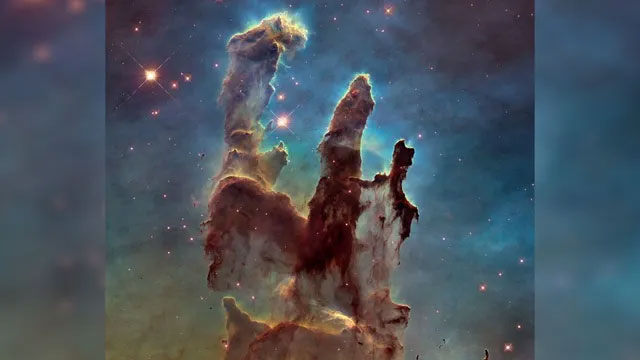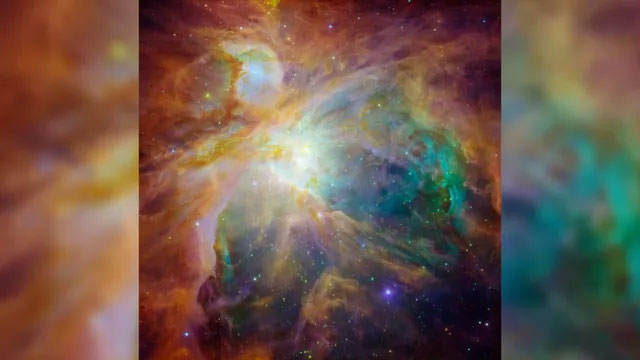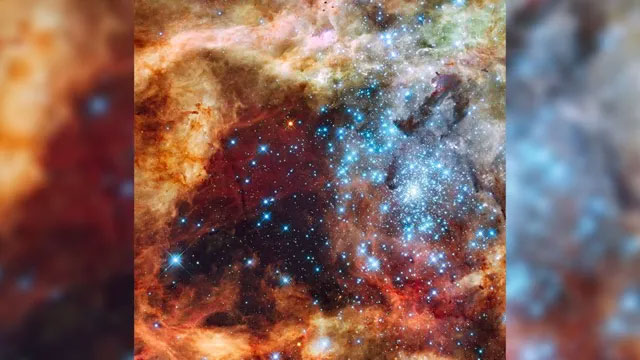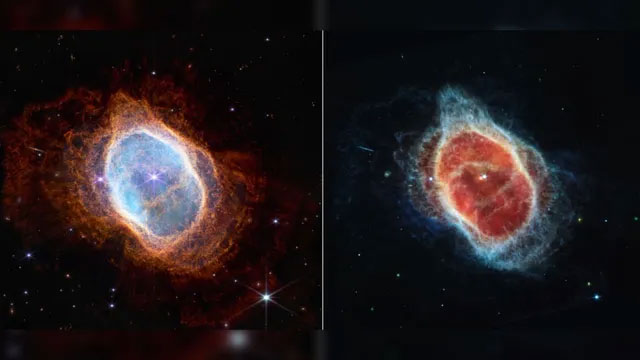The term “nebula” originates from Latin, meaning “cloud.” However, in the context of astronomy, it refers to any celestial object that appears cloud-like when viewed through a telescope.
In the past, when telescopes were not as modern or powerful as they are today, this term was used to describe entire galaxies, such as Andromeda—our neighboring galaxy, which was often referred to as the “Andromeda Nebula.”
However, with advancements in modern telescopes, we now understand that galaxies are not cloud-like at all; rather, they are composed of billions of stars. This means that astronomers today reserve the term “nebula” for “true” clouds—composed of gas and dust—located within galaxies.

Nebulae are often found in the space between stars.
Where Are Nebulae Found?
Nebulae are typically found in the interstellar medium, which is also known as the interstellar environment. On average, this region contains about one atom per cubic centimeter. However, in certain areas, the density can be significantly higher than this—high enough to be observed through telescopes and one of the most studied aspects in the field of astronomy. In fact, most of the images of nebulae we are familiar with today have been captured by the Hubble Space Telescope, such as the “Pillars of Creation.”

Pillars of Creation.
According to data collected from space, we know that there are several types of nebulae, depending on how they form and their composition. Most nebulae are primarily made up of gas, which can emit its own light, creating the colorful shapes we have become accustomed to seeing.
However, other nebulae—such as the so-called “dark nebulae”—are primarily composed of cosmic dust, which, instead of emitting light, blocks light from more distant objects behind them.

Most nebulae are primarily formed from gas.
The Relationship Between Nebulae and Stars
Nebulae play a crucial role in the life cycle of stars, both in their birth and death. Stars are born in dense clouds of gas, dust, and other materials within emission nebulae, which are often referred to as “stellar nurseries.”
The Pillars of Creation, captured by Hubble, are an example of this type of nebula, along with the well-known Orion Nebula—you may have seen this nebula yourself through a hobbyist telescope if you know how to look for it.
The primary force at work here is gravity, which causes the interstellar medium to continuously condense into a nebula, and gravity also causes the clumps within the nebula to collapse into stars.
At the end of a star’s life cycle, we often encounter another type of emission nebula. Stars like the Sun, when they reach the end of their life, typically become white dwarfs. However, before transforming into white dwarfs, they expel massive clouds of gas, forming what is known as a “planetary nebula.”
Unlike diffuse emission nebulae, these nebulae have a clearer shape, often spherical. This is why the German-born British astronomer William Herschel mistakenly thought they were planets when he first observed them in the 1780s.

A stunning image from Hubble showing the massive “stellar nursery” in the 30 Doradus Nebula.
However, not all stars end their life cycles in such a gentle and serene manner. When a star has a mass several times that of the Sun, it will explode as a supernova at the end of its life, and the debris from that explosion will create another type of nebula known as a supernova remnant. The most famous of these is the Crab Nebula, which was recorded by Chinese and Arab astronomers in 1054.

To capture the colorful images of nebulae, telescopes—such as the Hubble Space Telescope and the James Webb Space Telescope (JWST)—have utilized the infrared radiation emitted by the nebulae to record images.
The visible light from stars forming in and around the nebula can be blocked by the dense clouds of gas and cosmic dust that make up the nebula. Therefore, scientists must look for other wavelengths of light emitted from the nebula, such as infrared radiation.
Using the Near Infrared Camera (NIRCam) and the Mid-Infrared Instrument (MIRI), JWST has captured some of the most detailed images of nebulae. In the two images above, JWST has captured the layers of gas and dust within the Southern Ring Nebula. Each layer was created by the expulsion of cosmic material from the dying star at the center.


















































